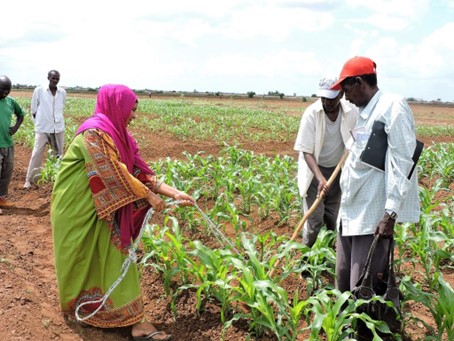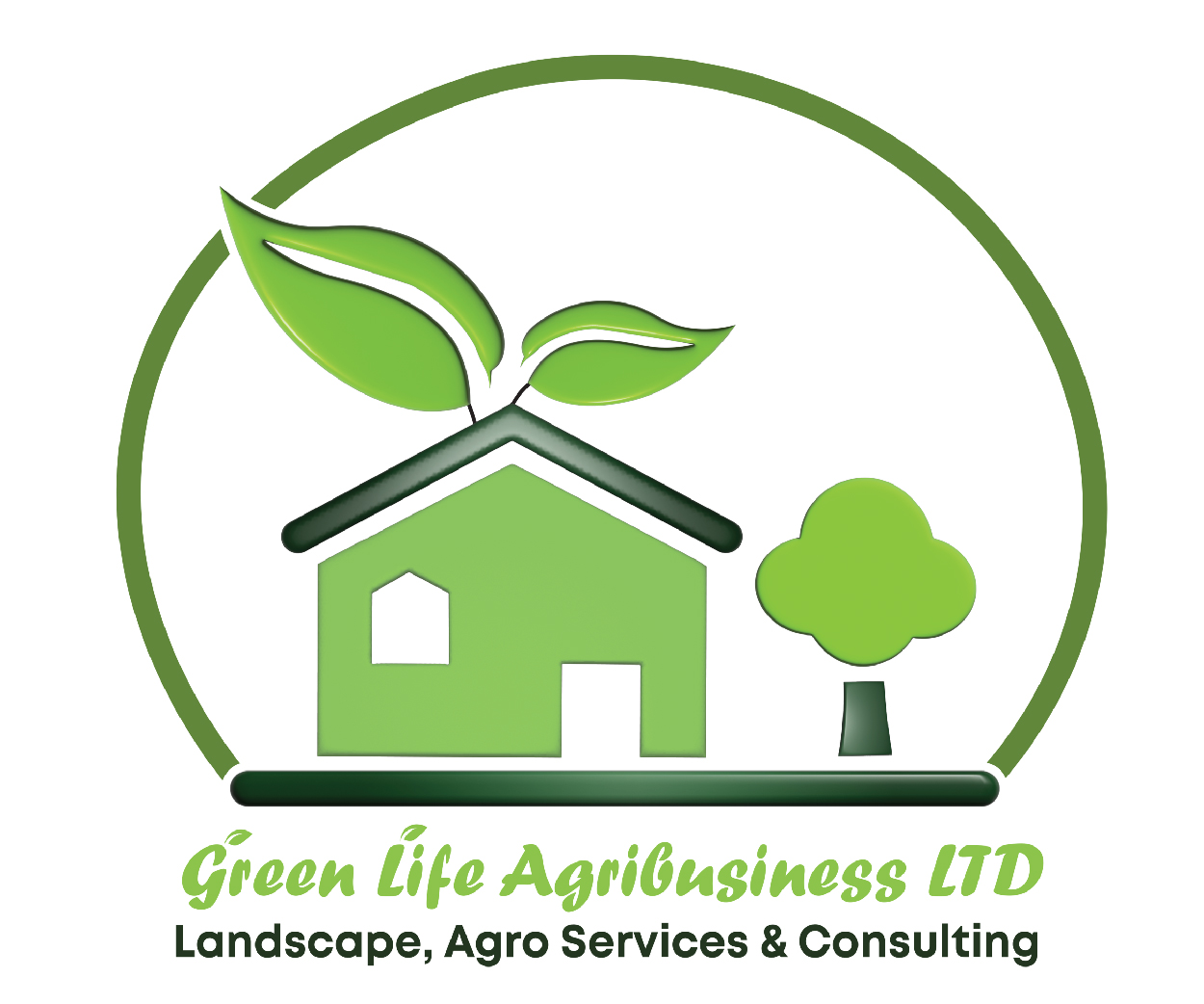Agribusiness is a cornerstone of Somalia’s economy, contributing approximately 75% to the GDP and accounting for 93% of total exports. This sector encompasses farming, livestock, and fisheries, each offering significant investment opportunities. Somalia has vast natural resources, including 8.9 million hectares of cultivable land. Out of this, 2.3 million hectares are suitable for rainfed crops and 700,000 hectares for irrigation, primarily located along the Shabelle and Jubba rivers. However, only 110,800 hectares are currently irrigated, underscoring a vast potential for expansion.
The farming subsector focuses on key crops such as maize, sorghum, sesame, and fruits like bananas and citrus. These crops not only meet local consumption needs but also serve export markets. Increasing irrigation capacity and adopting modern agricultural technologies can further boost productivity and expand the sector’s contribution to the economy.
The livestock industry is equally vital, contributing about 60.7% to the GDP and over 70% of exports. Somalia is a leading livestock exporter in the region, with products such as camels, cattle, sheep, and goats reaching global markets. The pastoralist production system, which dominates the livestock sector, provides numerous investment opportunities, particularly in export-oriented processing facilities and value-added ventures.
Somalia’s fisheries sector also holds immense untapped potential. With the longest coastline in Africa, the country has access to rich marine resources. Sustainable fishing practices, processing facilities, and export-oriented investments can transform this sector into a major economic driver. Developing the fisheries industry not only diversifies Somalia’s economy but also provides new income streams for coastal communities.
Strategically located near the Arabian Peninsula, Somalia enjoys a competitive advantage in exporting agricultural and livestock products. The proximity to major global markets enhances its export potential, particularly for Gulf countries. To support economic growth, the government has implemented initiatives to improve the investment climate. These efforts focus on attracting foreign direct investment, revitalizing the agribusiness sector, and fostering sustainable development.
To further explore Somalia’s potential, visit our dedicated page on sominvest and learn about the latest central bank of Somalia. These internal resources provide insights into the country’s economic landscape and growth opportunities.
In conclusion, Somalia’s agribusiness sector offers substantial opportunities for growth and investment. Supported by abundant natural resources, a strategic location, and a commitment to economic development, this sector remains central to the nation’s future prosperity.














